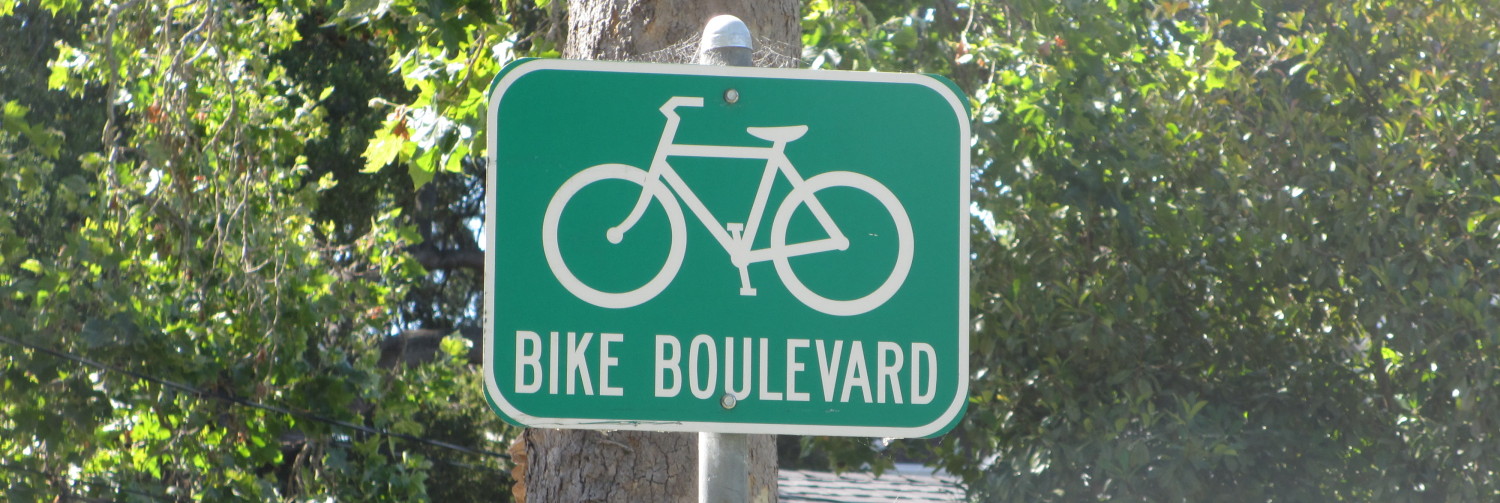Stories of the wondrous world tomorrow with autonomous (self driving) vehicles strike me as the latest version of the Jetsons. They are the ‘trying to be positive’ opposite of the global warming alarmists hyper negativity.
An early example of an autonomous vehicle in Ottawa dates to 1939. At that time, Standard Bread was still located in their factory on Gladstone Avenue near Loretta, just west of the OTrain tracks. Of course, they were the CP Rail tracks then, and they hadn’t yet been thrown into a ditch by the NCC. The factory had stables for horses located on the site, probably facing Loretta since the east side of the building had the rail sidings to bring in wheat from the Canadian Prairies. The horses pulled the bread wagons used for daily home deliveries.
The experiment with self driving delivery vehicles therefore does not include Amazon Drones or Google Cars but stars Peggy, the horse.
Stable on LeBreton Street
Our eye witness to the event was at the time 15, home from Ottawa Tech for lunch. The bread man delivers the bread to the door. Something out on Bronson Avenue spooks the horse, and it starts moving down Bronson towards Gladstone. Normally delivery horses would simply stop at the next house on the route. But not this time. The horse picks up speed. It is going quite fast as it goes down the hill towards the busy intersection of Gladstone. The motorcarman on the Gladstone streetcar line can see the horse coming and stops short of the intersection, waving to other vehicles to stop. Peggy may not be the first autonomous vehicle seen.
The horse turns the corner onto Gladstone going westbound. The bread wagon rises up on two wheels but does not spill.
The horse continues west, its internal GPS telling it to go home to Standard Bread.
At Rochester, it can see or sense home being closer, and breaks into a gallop. Gladstone runs steeply downhill. Preston is a busy street, with more streetcars.
Streetcar on Preston immediately north of railway mainline (now the Queensway)
The wagon is now bouncing wildly behind the horse, coming dangerously close to tipping as it flies over the rails. If it tips, it will knock over the horse in its traces, injuring and probably requiring the killing of the horse. Just beyond Preston is the grade crossing of the main CPR lines, on a hump, perfect for launching the cart.
Meanwhile, back on Bronson, the breadman has telephoned the Standard Bread Co using the customer’s land line. Bakers and other staff run out of the building to stop cars coming down Gladstone and at the Preston intersection. One stays at the CP line to wave down any trains (they moved slowly in the city limits). They know the horse is returning to its docking station.
CPR locomotive coming from under the original Somerset viaduct. Note horse and wagon on Somerset.
The horse and wagon, bouncing wildly, make it across the tracks and up the slight hill to the bakery. The horse goes straight to the barn, where stable hands calm it down and swaddle it in blankets for a controlled cool down.
This was not Peggy’s only experiment with autonomous bread deliveries. She bolted again some days later, and was retired to the quiet Sherwood village routes where there was less stimulation.
1939 was possibly Peak Horse. We forget about the old peaks, fascinated with the new peaks. Peak Car. Peak Oil. Peak Climate Change.






Thanks, Eric. These are the stories that make a place and time. It brought back thoughts of a story my mother tells of the milk delivery while she was growing up in her little Quebec town.
The delivery man would park the wagon and take enough milk for a few houses, walking from door to door. The horse would mind the wagon and catch up when called. Well, wouldn’t you know it; my mother’s neighbour had a parrot, and that parrot loved to mimic the delivery man’s call to the horse. Every day the parrot would call to the horse and have it move several houses further than the deliverer wanted. It seemed that everyone just got used to the situation and lived with it. The delivery man got a bit more exercise walking down to the wagon and back-tracking with some milk; the horse got a shorter than normal rest followed by a longer one; the parrot got to have its fun for the day; and the neighbours got their daily chuckle.
And, of course memories of the deliveries that used to come our house in Ottawa when I was young: Borden Milk; Mr. Gravel’s Fruit and Vegetables; Les Taller from the West End Meat Market (Our dog’s favorite person since he always seemed to bring her an extra ‘knuckle bone’.); Mr. McEwen with his fresh eggs.
Ah the times gone by. Now we are left with only a few hold-outs – the ‘Ice Cream Man’ and the ‘Sharpening Guy’. And even the ‘Sharpening Guy’ has modernized, now driving a truck instead of walking for miles (it was ‘miles’ back then), ringing a hand-bell, while pulling a treadle-powered grinding wheel.
Maybe your story of autonomous delivery vehicles will inspire a future generation of home deliveries. Alas, I fear that it won’t be quite the same with the drones as it was when people were involved in a real service industry.
Thank you for this entertaining and humorous story, and the and the smile it surely generated among readers. As I read it, I thought for sure the horse would stop at a railway crossing and thus earn its stripes as a safe driverless contrcaption. But. alas, I know little about horses.
Once in a while I guess we all have to leave the imperfections of our civic development behind, and take a deep breath.